Soil Blocking: Economical & Space Saving Seed Starting

by
Julie @ Southern Wild Design
(IC: professional)
I was recently introduced to a seed starting method that I am using this year. Soil blocking has been around forever it seems, but I hadn’t heard of it. But now that I have had my seed-starting eyes opened, this is a method I will be using from this point forward.
Soil blocking is just what it sounds like. Making small blocks of soil in which a single seed is planted. These blocks do not use a container but rather stand alone, therefore, requiring less space.
Gather Your Materials
Step 1: Prepare the soil mix
Step 2: Fill the blocker with soil
Lift the blocker up to see that all the chambers are full of soil mix. Using a trowel or some other tool, scrape off any excessive soil from the bottom of the blocker.
Step 3: Release the block
That’s it! These soil blocks are now ready to receive a single seed in the small indention on top of each block.
I was able to fill this tray with 300 soil blocks within a few minutes. This tray is the same size as the 72-cell planting trays. Had I used my old method of seed starting with an individual cell propagation tray, I would only be able to start 72 plants in this same-sized space.
See the blog on my website for more information about soil blocking! Spring is just around the corner! Have you started your seeds?
Enjoyed the project?
Published February 18th, 2016 3:50 PM



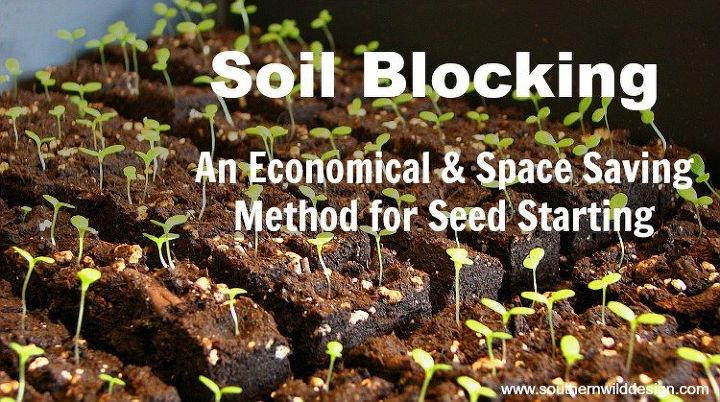








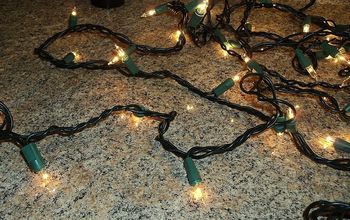
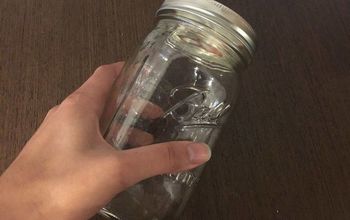



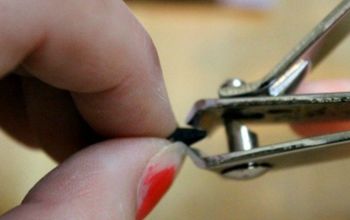

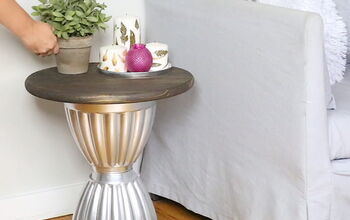

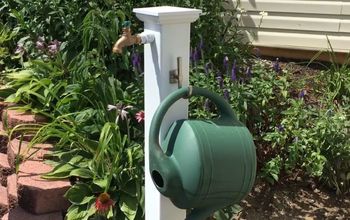


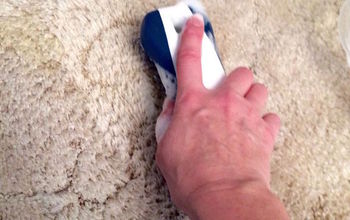




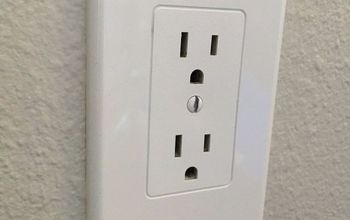

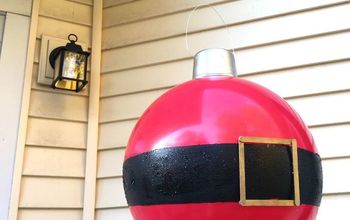

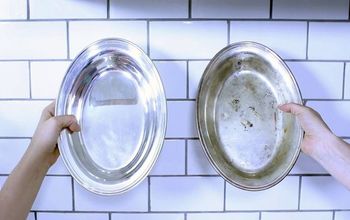

Frequently asked questions
Have a question about this project?